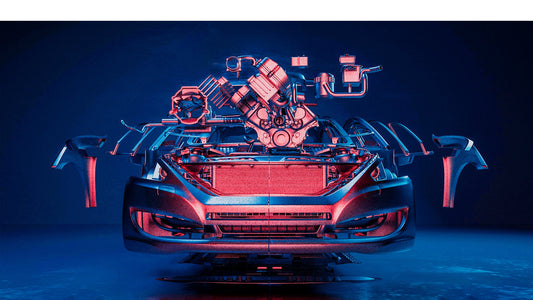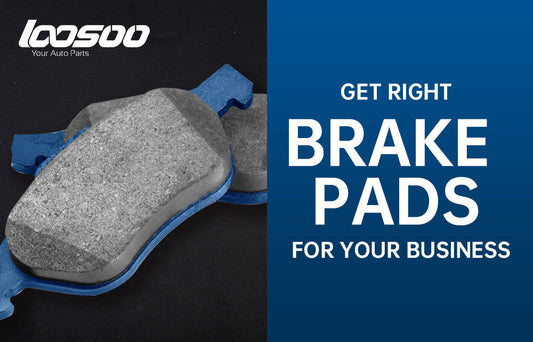When it comes to vehicle maintenance, knowing the lifespan of your car's components is crucial for safety and performance. BMW brake rotors, a key part of the braking system, are no exception. Understanding how many miles BMW brake rotors last can help you plan for maintenance, ensure optimal braking performance, and avoid costly repairs. This guide will explore the factors that influence brake rotor longevity, typical mileage ranges, signs of wear, and maintenance tips.
Understanding Brake Rotors
Brake rotors, also known as brake discs, are an essential component of the disc braking system. They work in conjunction with brake pads to slow down and stop the vehicle by converting kinetic energy into thermal energy through friction. Over time, this friction causes wear and tear on the rotors.
Typical Mileage for BMW Brake Rotors
The lifespan of brake rotors varies depending on several factors, including driving habits, vehicle usage, and environmental conditions. However, a general estimate for BMW brake rotors is:
Standard Driving Conditions: 30,000 to 70,000 miles
Aggressive Driving or Harsh Conditions: 20,000 to 30,000 miles

Factors Influencing Brake Rotor Longevity
Driving Habits
Aggressive Braking: Frequent hard braking and high-speed stops accelerate rotor wear.
Smooth Driving: Gradual braking and maintaining a steady speed help extend rotor life.
Vehicle Usage
City Driving: Stop-and-go traffic causes more wear due to frequent braking.
Highway Driving: Consistent speeds and less frequent braking lead to longer rotor life.
Environmental Conditions
Climate: Wet and salty environments can cause rust and corrosion, reducing rotor lifespan.
Terrain: Hilly or mountainous areas require more braking, increasing wear.
Brake Pad Material
Organic Pads: Softer and cause less rotor wear but have a shorter lifespan.
Semi-Metallic Pads: More durable but cause more rotor wear.
Ceramic Pads: Offer a balance of durability and low rotor wear.
Maintenance and Care
Regular Inspections: Checking for wear and damage helps maintain rotor health.
Timely Replacement: Replacing brake pads before they wear out completely prevents rotor damage.

Signs of Worn Brake Rotors
It's essential to recognize the signs of worn brake rotors to ensure timely maintenance and avoid potential safety issues:
Vibration or Pulsation: Feeling a vibration through the steering wheel or brake pedal when braking indicates warped rotors.
Squealing or Grinding Noise: High-pitched squealing or grinding sounds suggest the rotors may be worn or damaged.
Increased Stopping Distance: If your BMW takes longer to stop, it may indicate rotor wear.
Visible Damage: Inspect the rotors for cracks, grooves, or significant wear.
Maintenance Tips for Extending Rotor Life
Drive Smoothly: Avoid aggressive braking and accelerate gradually to reduce rotor wear.
Regular Inspections: Check brake components regularly, especially before long trips or if you notice performance changes.
Timely Brake Pad Replacement: Replace brake pads before they are completely worn to protect the rotors.
Clean and Lubricate: Keep the braking system clean and well-lubricated to prevent rust and corrosion.
Use Quality Parts: Invest in high-quality brake pads and rotors that match BMW's specifications for better performance and longevity.
Understanding how many miles BMW brake rotors last and the factors that influence their lifespan can help you maintain optimal braking performance and safety. By adopting smooth driving habits, performing regular inspections, and timely replacing brake components, you can extend the life of your brake rotors. Always consult your BMW's maintenance schedule and work with a certified mechanic to ensure your braking system is in top condition. Proper care and maintenance of your BMW brake rotors not only enhance safety but also contribute to the overall performance and longevity of your vehicle.










